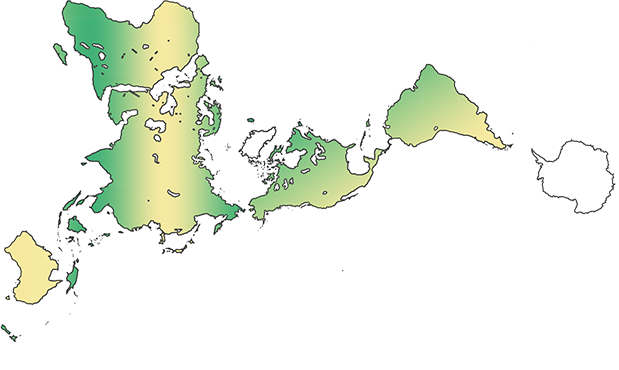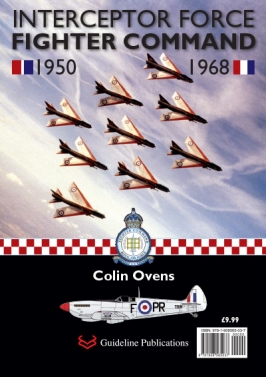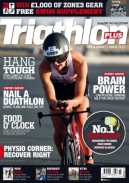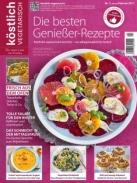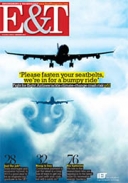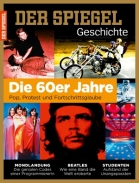Interceptor Force Fighter Command 1950 - 1968
Guideline
Interceptor Force is the companion volume to Colin Oven's "Strategic Force", also published by Guideline, and covers a similar time period, from 1950 until the dissolution of Fighter Command in 1968. At the end of war in 1945, the Royal Air Force needed to reorganise itself on a peacetime basis. To this end, squadrons were disbanded, aircraft went to the scrap yard, and large numbers of personnel were demobilised. However, unlike in 1918, this time there were no illusions about having fought "a war to end wars". The new peacetime RAF would have to be able to react rapidly to any threat or crisis that may affect British interests, anywhere around the world. To this end, new aircraft continued to enter squadron service, albeit in relatively small numbers - such as the Avro Lincoln B.2 and the de Havilland Hornet F.I. However the most significant new aircraft were the de Havilland Vampire which entered squadron service in April 1946, and the Gloster Meteor, which first joined a front line squadron in mid-1944. These aircraft heralded the demise of the piston-engined interceptor, not only within Fighter Command but also in air forces worldwide. For a while it seemed that there was no really serious threat to the UK, although Russia was becoming a rather un-cooperative post war ally. Once the Russians had established puppet communist regimes in Eastern Europe, it became clear that they were casting their gaze, and ambitions, westward. Relations were difficult, and between June 1948 and May 1949 the Russians blockaded Berlin, and not long after the lifting of the blockade, Russia detonated its first atom-bomb in 1949. A powerful threat to Western European and UK security was rapidly developing. RAF Fighter Command squadrons and their equipment are examined with both the general reader and the scale modeller in mind, and the photographs and coloured profiles have been chosen to reflect these interests. This was an era of large, colourful squadron markings, and futuristic swept-wing and delta aircraft. As with the Strategic Force volume, many of the photos are from the collection of Terry Panopolis, and the profiles come from Guideline's artists.
You may also be interested in...
